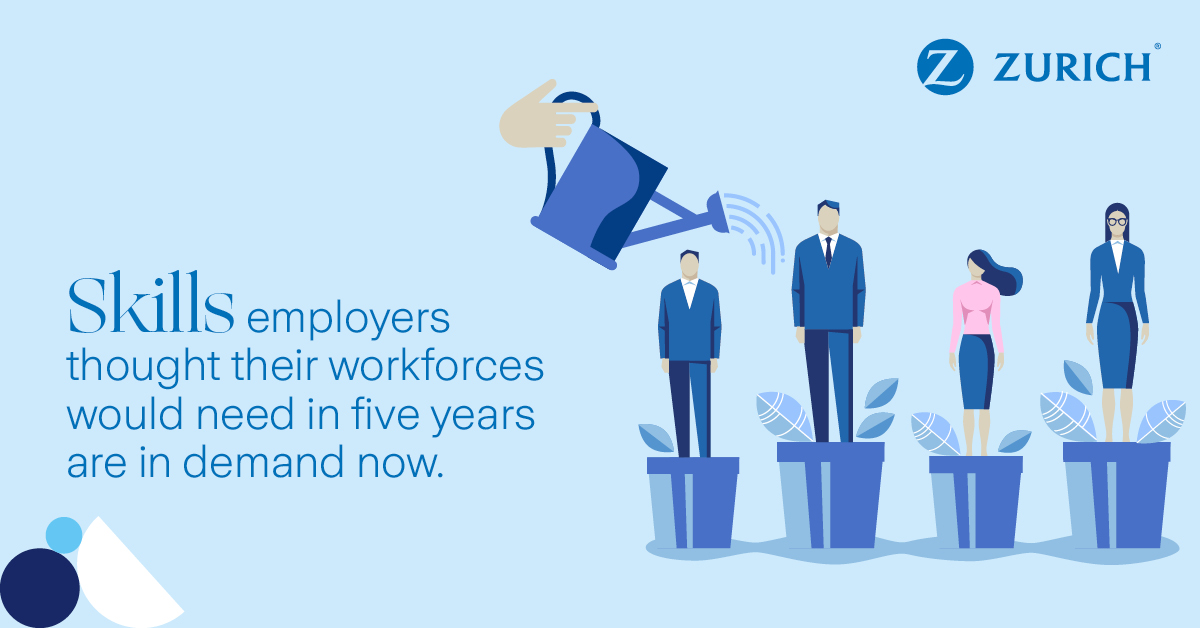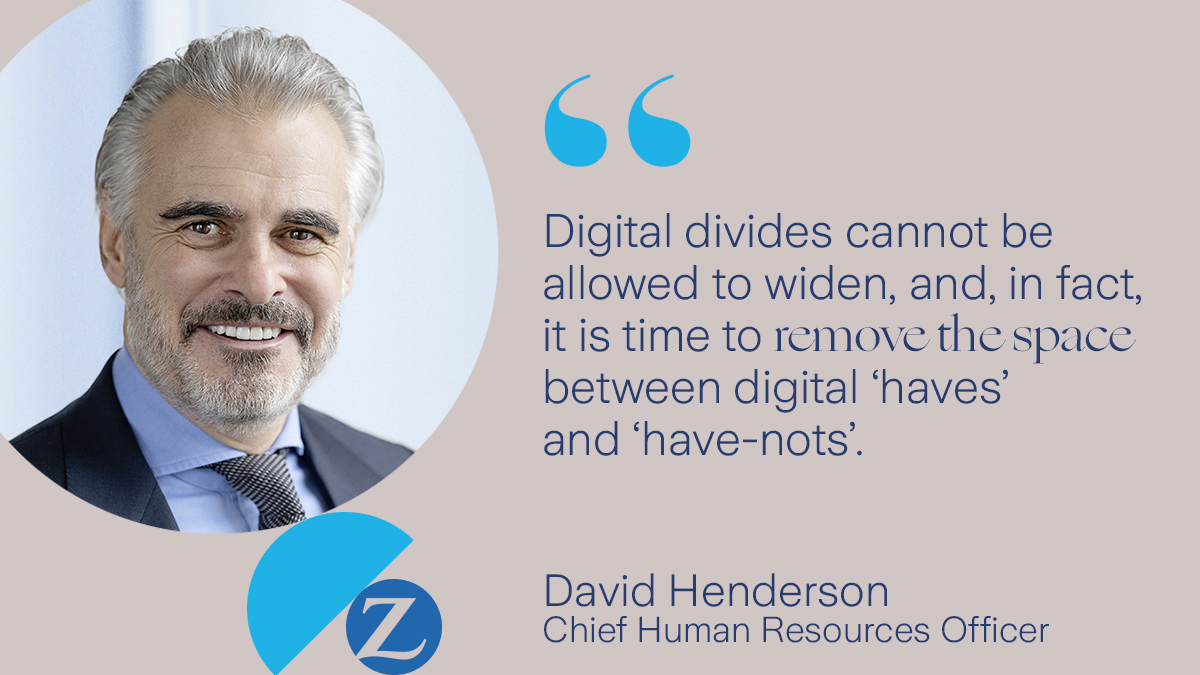Skills development can bridge a growing divide among workers
Future of workArticleMay 17, 20214 min read
Rapid and unexpected change in the workplace has widened the space between those who have the technology and skills to do their jobs and those who do not. Employers have a role in helping fill the gaps.
As a new way of working unfolds, shaped by a global pandemic and the shifting attitudes of workers, there is greater urgency than ever to ensure no one gets left behind. The “digital divides” that separate those who have the skills and technology to succeed and those who struggle to keep up must be closed if we are to create a brighter future of work.
Pandemic lockdowns and other restrictions that have kept workers at home have brought into sharp relief the inequities that exist in the digital era. Those who have access to reliable technology and can develop the skills required for remote work have found it much easier to continue their work uninterrupted, keep their careers on track and contribute to the welfare of their communities than those who do not have those advantages.

New technologies arrive early
The gaps have opened partly because companies have adopted new technologies earlier than expected as a way to maintain quality service to their customers. With lockdowns preventing travel, virtual meetings quickly became the norm, while the use of artificial intelligence and other digital solutions were ramped up. The pace of change was unexpected, and while some employers were able to move quickly to adopt new technologies and train their employees to use them, others were not.
Research by Zurich and the Smith School of Enterprise and the Environment at the University of Oxford has confirmed that skills employers thought their workforces would need in five years are in demand now. The pandemic response that has kept people out of offices and away from face-to-face meetings has meant earlier adoption of technology that companies had considered implementing years from now.

Solution lies in reskilling, Internet access
Left to consider a new landscape, employers, public officials, educators and other stakeholders must do the necessary work to make sure workers have the digital skills they need, while working to provide reliable broadband services to the hundreds of millions of people who have no access. Digital divides cannot be allowed to widen, and, in fact, it is time to remove the space between digital “haves” and “have-nots.”
The challenge calls for a commitment from employers to reskill their employees who have suddenly found themselves unequipped to handle the demands of a new world of work. Training, support and an investment in the proper tools will be part of that obligation.
The scope of the challenge is outlined in the World Economic Forum’s “The Future of Jobs Report 2020,” which shows that 84% of employers surveyed were rapidly digitalizing work processes as remote work expanded. They plan to offer reskilling and upskilling to just more than 70% of their employees by 2025, the report notes.

Looking toward the workforce of the future
Of course, the digital divide doesn’t stop in the workplace. It can even extend to schoolchildren. We have seen many reports of students lacking the technology and Internet access that would allow them to continue their classes virtually while schools are closed. If we allow these students to fall behind now, it will be even more difficult for them to have access to the same opportunities as their peers in the future.
Part of creating a sustainable future of work is ensuring the development of a diverse pipeline of future workers who bring different perspectives and experiences into the workplace. As employers, we have a role to play in supporting today’s students – tomorrow’s workforce – in accessing and successfully navigating our digital world.
There is no question that technology allows us to connect in more ways than ever before. Let’s be sure that everyone has a seat at that virtual table.






